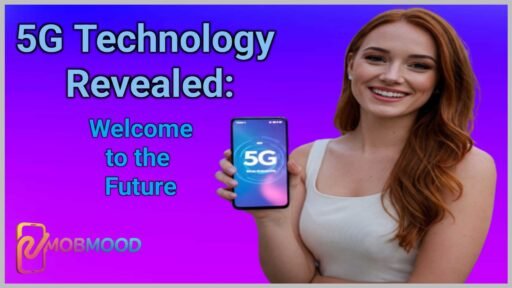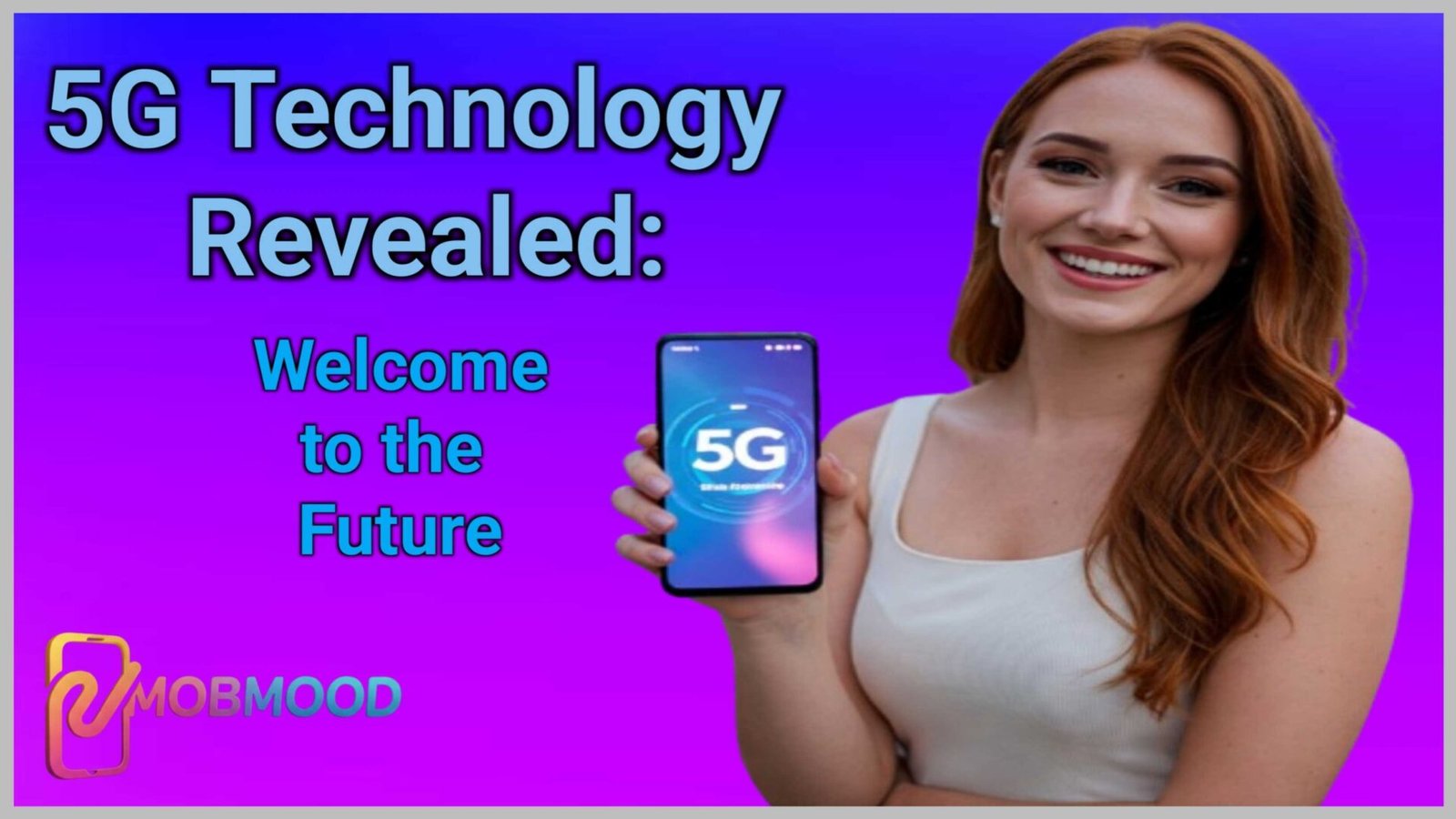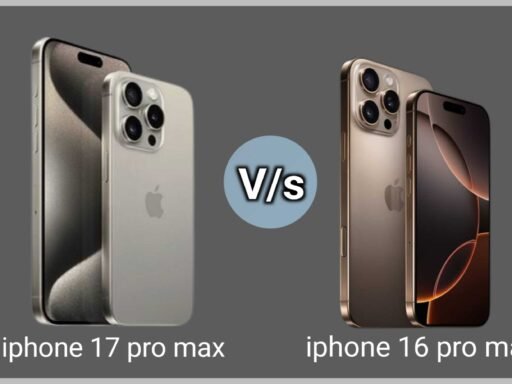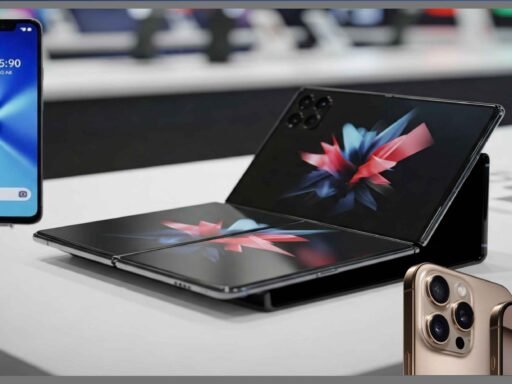5G technology revealed: how the future wireless communication will work
The mobile world is hurtling forward at breakneck pace, and 5G Technology Revealed is leading the charge in this technological revolution. So what exactly is 5G, and how is it going to revolutionize our day-to-day connectivity?
In this in-depth yet simple-to-follow guide, we demystify the intricacies of fifth-generation wireless networking in bite-sized, easy-to-swallow pieces. Whether you’re a tech fan or simply curious about your next smartphone, this article is for you.
What is 5G Technology?
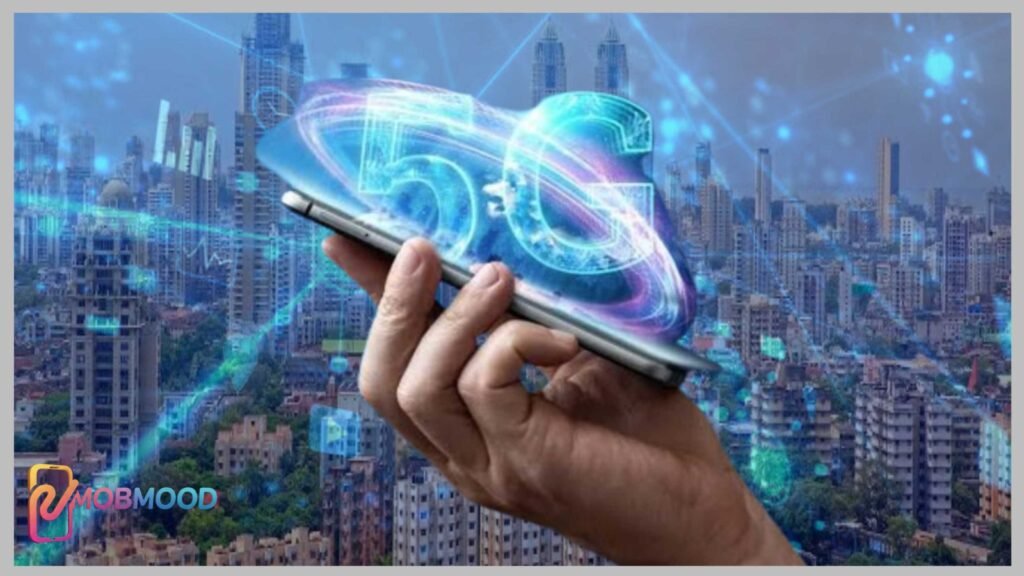
5G Technology Revealed is the fifth and latest generation of mobile network technology. 5G is not just about speed, unlike the earlier generations like 3G and 4G. 5G is an end-to-end revolution in mobile networks.
It introduces revolutionary advancements in three major areas:
- Very high-speed mobile broadband (faster downloads and streaming
- Extremely reliable low latency (real-time response)
- Bulk machine-type communication (for millions of smart devices)
These abilities enable all manner of next-generation video phone calls and smart cities, and driverless cars and remote health networks.
Also read: Best Smartphone 2025: Top AI Flagships + Eco Innovations!
5G Network Slicing – Personalising Connectivity
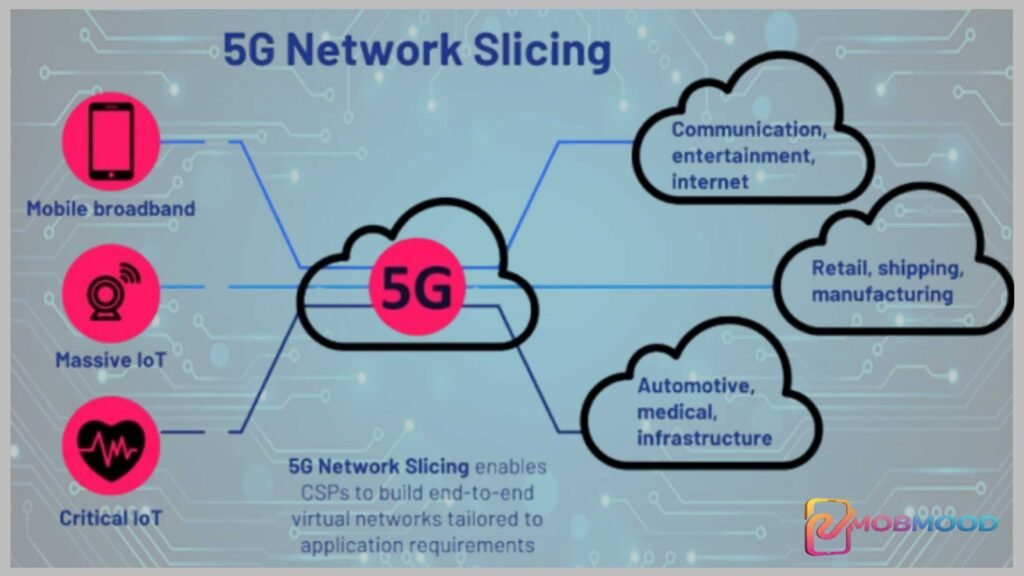
How Network Slicing Enables Flexibility
Network slicing is one of the 5G Technology revealed showstoppers: it is the revolutionary capability to build multiple virtual networks on top of a single physical network infrastructure.
How It Works:
Picture having separate “lanes” on one road for various categories of traffic—emergency responders, delivery trucks, or minivans. In the same way, network slicing enables mobile carriers to allocate bandwidth according to individual requirements:
- Self-driving vehicles can have phenomenally fast, latency-free links.
- Home appliances can have secure, power-friendly communication.
- Augmented reality apps can require high-bandwidth, low-latency slices.
Real-World Applications
This flexibility allows a hospital to conduct remote surgeries across an uninterrupted, secure slice, or factories to automate across an industrial custom slice. With increasing businesses realizing its potential, 5G slicing can be a $5+ billion business by 2030.
Also read: iPhone vs Android Comparison: The Ultimate Showdown in 2025
5G mmWave Technology: Speed Beyond Imagination
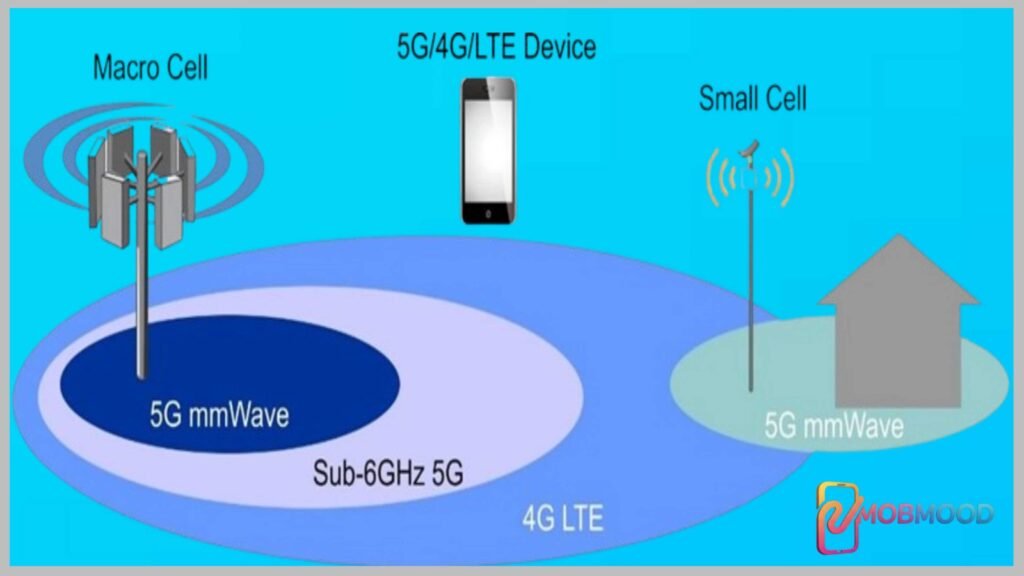
When we’re referring to the blazing velocities of 5G Technology Revealed, we’re generally referring to millimeter wave (mmWave) technology. Employed between 24 GHz and 100 GHz, mmWave frequencies are supercharged data highways.
Why It’s Quick
They enable enormous amounts of information to travel very quickly. In particular, it is currently possible in seconds to download a full HD film.
The Challenges:
But mmWave signals do have their own limitations—they can’t travel far and are jammed by walls, trees, or even rain. To get around this, network operators use:
- Tightly packed, dense cells
- Beamforming to beam signals directly
- Smart antenna arrays for secure on-the-move communications
This speedster technology is best applied in stadiums, city centers, and convention centers.
Also read: Wireless Earbuds 2025: Top Picks & Buying Guide
Massive MIMO: Supercharging Network Capacity
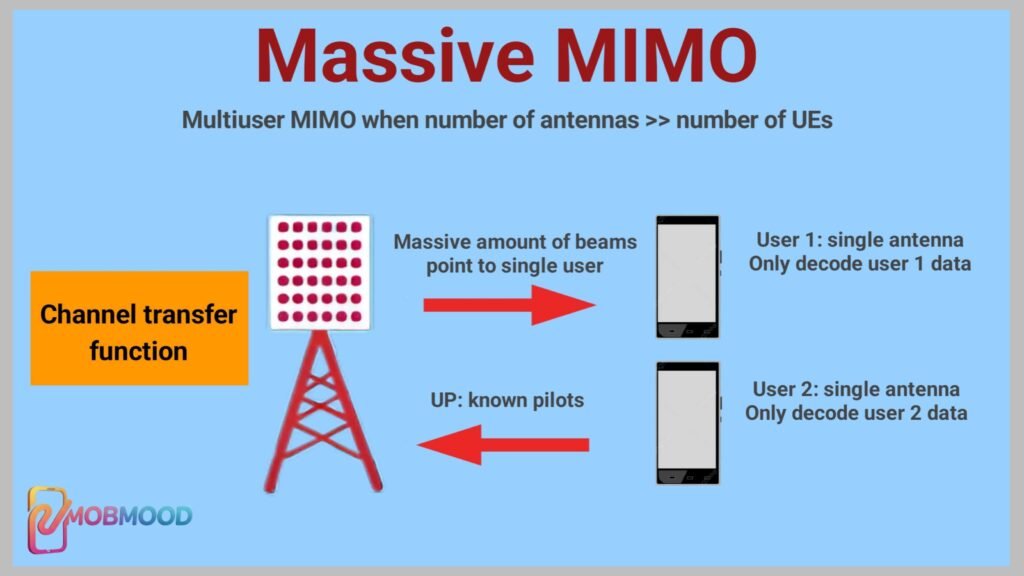
Another pillar of 5G Technology Revealed is Massive MIMO (Multiple Input, Multiple Output). It is a phrase applied to having dozens—or hundreds—of antennas on a single base station.
How It Helps:
Consider attempting to hear all the individuals in a crowded room with just one ear—almost impossible. Massive MIMO provides the network “multiple ears” to hear and support all users at once. This enables:
- Cities: more powerful signals
- Improved coverage in the cell edge area
- Increased internet speeds during off-peak hours It increases efficiency significantly without adding more spectrum. Learning 5G Latency: Real-Time Responsiveness Speed is what hits the headlines, but the actual revolution in 5G Technology Uncovered is that it has extremely low latency—response times of as little as 1 millisecond.
Why It’s Important:
Latency is how long it takes your device to get a response after you’ve asked for one. With 5G:
- There is immediate play without delay for players
- Surgeons are able to perform surgery from thousands of miles away
- Factories can perform operations with great accuracy
Applications Dependent on Low Latency:
- Remotely controlled robots and drones
- Immersive, live virtual reality (VR) experiences
- Telemedicine and real-time feedback industrial automation
Also read: 7 Essential Mobile App Security Tips to Protect Users
5G Spectrum Bands: Providing the Best Performance per Use Case
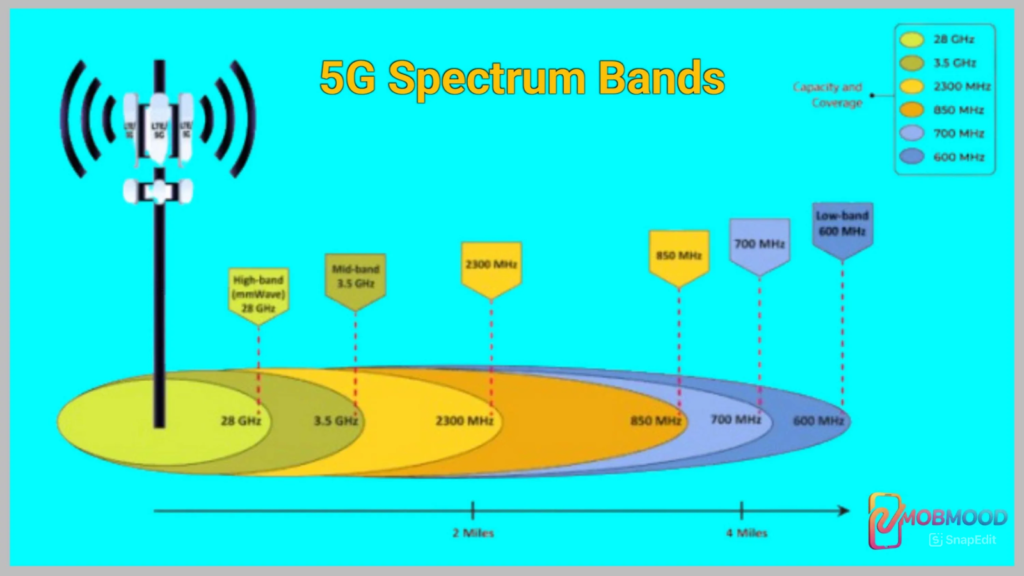
5G Technology Revealed involves intelligent use of radio spectrum divided into three bands, each having a distinct purpose:
Low-Band (Below 1 GHz)
- Larger area coverage, most appropriate for rural landscapes.
- Superior indoor penetration
- Lower speeds, but faster than 4G
Mid-Band (1–6 GHz)
- Balanced range and speed
- Standard in most urban installations
- Speed range: 100–900 Mbps
High-Band (24+ GHz / mmWave)
- High speeds (multi-gigabit capability)
- Poor penetration in walls, narrow range
- Appropriate for congested urban environments
Carriers today fashion their signals by geography and necessity, something that past generations could not.
10 Things All 5G Tech Fans Need to Know Revealed
Q1: Will 5G really displace 4G completely?
A1: Not at once. 5G and 4G will coexist. The majority of 5G deployments continue to depend on current 4G infrastructure, particularly in rural locations.
Q2: Do I need a 5G-compatible phone?
A2: You’ll require a 5G device. Ensure your phone supports the right frequency bands for your area.
Q3: Is 5G safe for human beings?
A3: Indeed, as proven by global health organizations. 5G utilizes non-ionizing radiation, which does not possess the energy needed to harm human cells or DNA.
Q4: How much quicker is 5G in real life?
A4: In reality, 5G is usually 2 to 10 times faster than 4G, depending on network setup and where you are.
Q5: Will 5G drain my phone battery?
A5: Older 5G phones did, but newer chipsets handle battery life well by dynamically switching between network types.
Q6: What does 5G do for IoT?
A6: Its ability to support up to a million devices per square kilometer enables 5G to turn smart city, agriculture, and industrial IoT applications around.
Q7: When will 5G be everywhere?
A7: Early take-up is being seen in cities, and broader rollouts in rural areas are expected in the next few years.
Q8: How does 5G affect cloud computing?
A8: It provides responsiveness and enables edge computing—computing at the edge for unnoticeable delay.
Q9: Which industries will gain the most from 5G?
A9: Manufacturing, transportation, entertainment, agriculture, and healthcare are on the verge of revolutionary transformation.
Q10: Is 5G more energy-hungry than 4G?
A10: More power is required for a single 5G base station but the system as a whole is more power-efficient per transmitted gigabyte of data.
Across the globe, 5G Technology Uncovered is about more than merely opening the door to significantly faster downloads. 5G is the foundation for a smarter, more connected world with technologies such as network slicing, mmWave, Massive MIMO, and ultra-low latency.
From self-driving cars to cloud gaming to smart farming, 5G is making it a reality today. As this wireless revolution comes into being, it’s not about your phone—it’s about changing industries, enhancing lives, and unlocking innovations we can hardly yet conceive.

